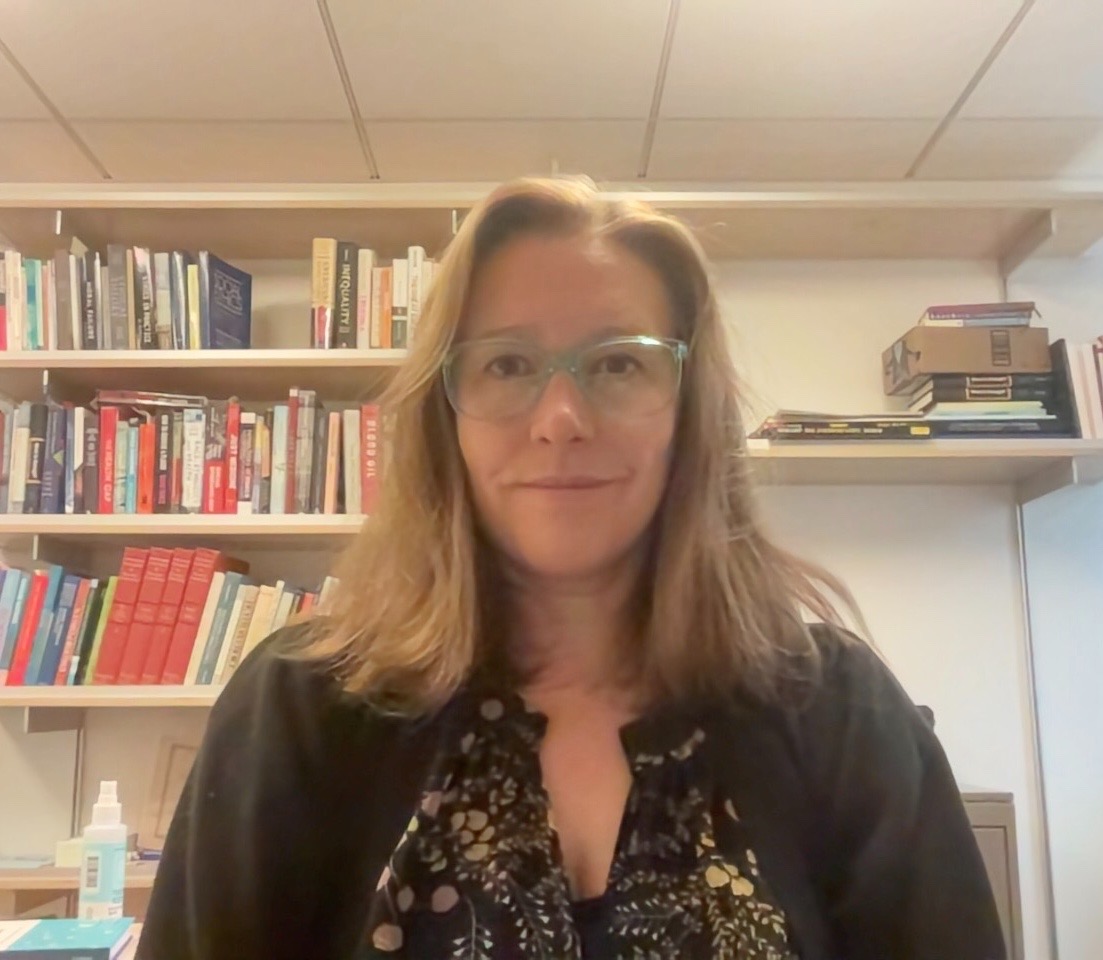Paper Presentation
Philosophy
Session: Philosophy: Topics in Gender
The Problems with “Women” and “Men”: Gendered Language and Injustice in Public Health and Bioethics
Thursday, September 19, 2024
4:30 PM – 5:30 PM CT
Location: Midway 1-2 (First Floor)
Keywords: Gendered Language, Contextualism
Abstract: Using the terms men and women seems both necessary and deeply problematic. On the one hand, we want to be able to identify and address the ways in which structural sexism and its intersections affect health. For example, we want to able to highlight how gendered norms can influence attitudes to and the uptake of safe contraception and abortion. On the other hand, gendered terms are not clear and can reinforce problematic notions of sex and gender. For example, by “women” do we mean those who self-identify as women or those who are treated as women by society or those people who have a uterus?
In this presentation I identify four problems with the use of gendered language, before assessing possible solutions. These are that they can uphold problematic assumptions about the biological basis of sex, gender, or both, reinforce sexist differences and gender binaries, and exclude transgender people. While the rich debates about the social ontology of gender provide help in identifying these problems, they do not demonstrate clear solutions for gendered language, particularly not for cross-case discussions in public health and bioethics. Borrowing from a framework of “sex contextualism”, I argue for a contextualist approach to gendered language, for both sex and gender, and demonstrate how it can be applied to cross-case discussions. This calls for the use and specification of gendered language variably as reflections of social position, self-identification, and a variety of biological markers, depending on the context and function of analysis.
In this presentation I identify four problems with the use of gendered language, before assessing possible solutions. These are that they can uphold problematic assumptions about the biological basis of sex, gender, or both, reinforce sexist differences and gender binaries, and exclude transgender people. While the rich debates about the social ontology of gender provide help in identifying these problems, they do not demonstrate clear solutions for gendered language, particularly not for cross-case discussions in public health and bioethics. Borrowing from a framework of “sex contextualism”, I argue for a contextualist approach to gendered language, for both sex and gender, and demonstrate how it can be applied to cross-case discussions. This calls for the use and specification of gendered language variably as reflections of social position, self-identification, and a variety of biological markers, depending on the context and function of analysis.
Learning Objectives:
After participating in this conference, attendees should be able to:
- Identify problems with the use of gendered language
- Recognize different theories of sex and gender including social position theory, self identification, eliminativism, essentialism and contextualism
- Apply contextualism to gendered language in public health and bioethics

Carina Fourie, PhD ((she/her/hers))
Associate Professor
University of Washington
Seattle, Washington
